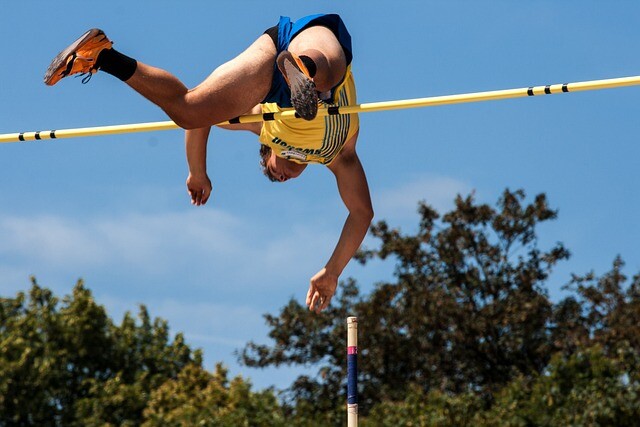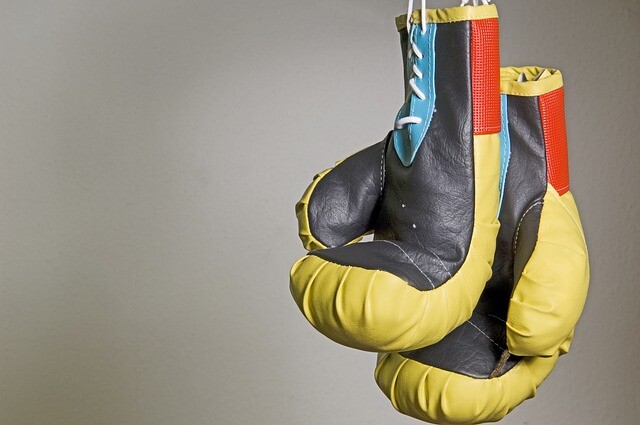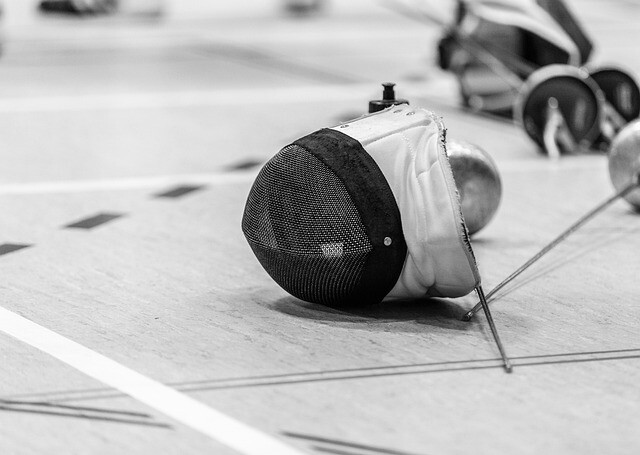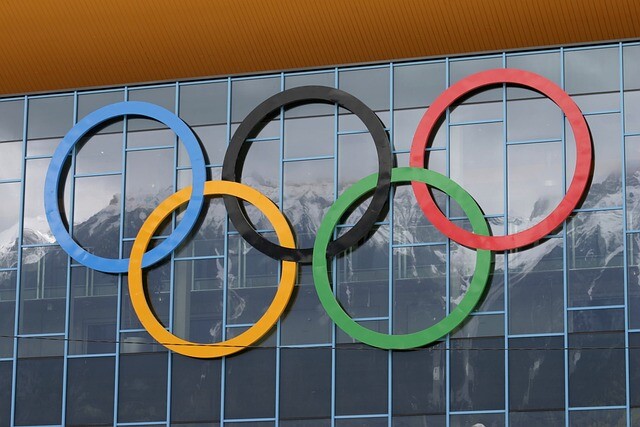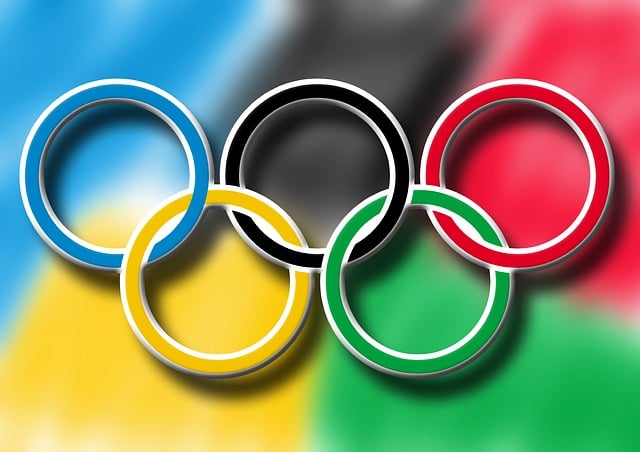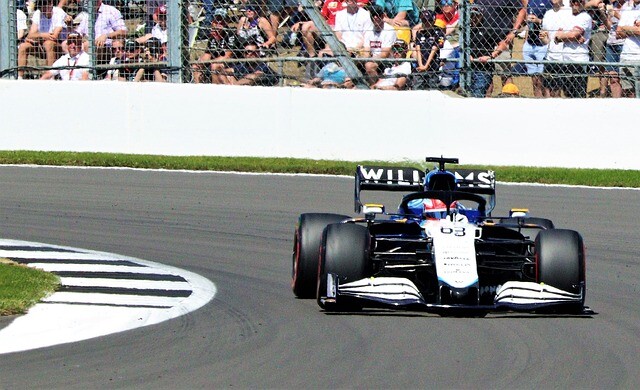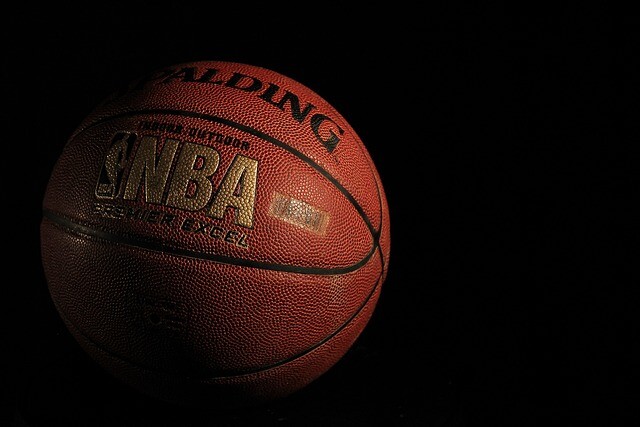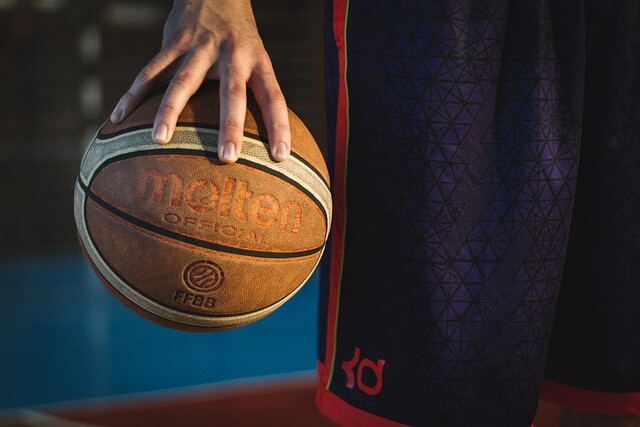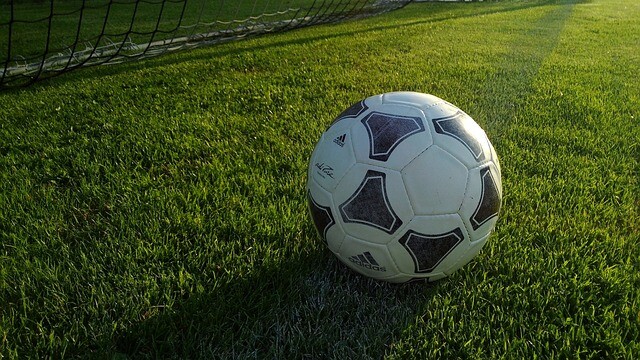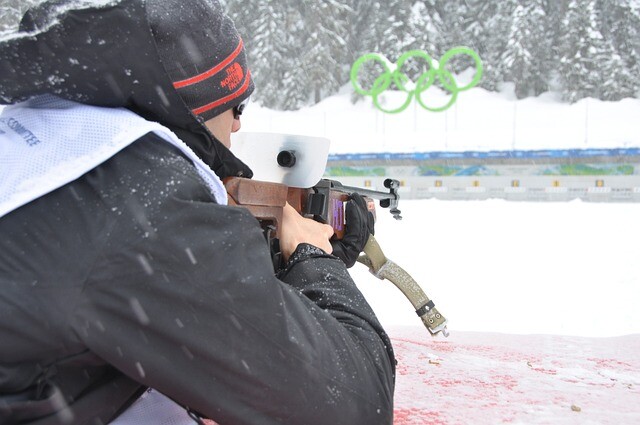Will it get harder to cheat?
Athletes living with doping substances can expect to be banned, fined, and the minimum is to immediately stop their sports activities, since they are trying to produce better results in an unfair way. But here is artificial intelligence. What does this mean in this case?
The use of artificial intelligence can also help to detect doping violations. AI systems can analyze large amounts of data, including sports performances, biological markers and other information. Below I present some methods and areas where AI can be used to identify doping violations more effectively:
Data analysis
With the application of AI, it is possible to thoroughly analyze sports performances and biological markers. AI systems can monitor the performance of competitors over time and highlight highly exceptional results that may be suspicious. Data processing and comparison can help identify anomalies and unusual patterns that may indicate doping.
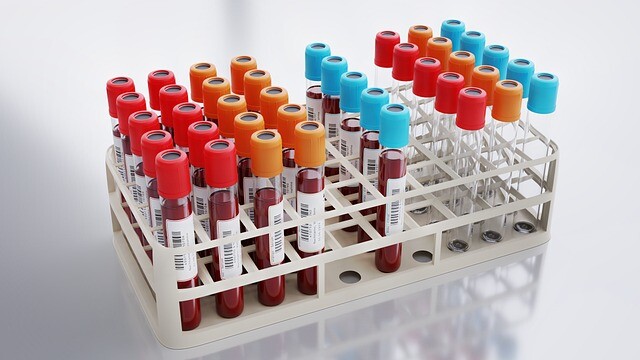
Analysis of biological markers
Artificial intelligence systems can use biological data (e.g. blood or urine samples) to filter out the presence of doping agents. Algorithms can compare data to normal values and patterns and highlight potential anomalies or irregularities.
Condition monitoring
With the help of artificial intelligence systems, the health and performance of the competitors can be continuously monitored. Algorithms analyze biological data, training logs and other information to detect potential performance enhancements or unusual changes that may indicate doping.
However, it is important to note that even artificial intelligence cannot detect doping violations with 100% accuracy. Doping agents and doping testing are constantly evolving, and AI systems are also constantly learning about new methods and doping agents. However, the application of AI can help to develop and implement more effective and accurate anti-doping measures.
(Source: sportrajongo.co.hu / Pictures: Pixabay)




